Understanding Air Cooler Fan Blades
Air cooler fan blades play a critical role in the system’s ability to effectively circulate air and provide cooling. These blades are a fundamental component of an air cooler, designed to enhance airflow by drawing in warm air, cooling it, and then discharging the tempered air back into the environment. The performance of an air cooler is significantly influenced by the design and construction of its fan blades.
Generally, air cooler fan blades are made from a variety of materials, including plastic, metal, or composite materials. Each material has its advantages; for instance, plastic blades are lightweight and resistant to corrosion, while metal blades often provide increased durability and strength. The choice of material can affect not only the performance but also the lifespan of the fan blades. In terms of design, air cooler fan blades come in different shapes and sizes, each tailored to optimize airflow in specific cooling systems.
Key aspects such as blade pitch—the angle at which the blades are set—are vital as they determine how effectively the blades can move air. A higher pitch allows for greater air movement at lower speeds, which can conserve energy while maintaining effective cooling. Conversely, the shape of the blades can influence the aerodynamics, impacting the efficiency of air circulation. Rounded blades typically provide smoother airflow, reducing turbulence and noise during operation.
Understanding the various types of air cooler fan blades and their specific functions offers insight into how effective cooling solutions can be designed. The right combination of blade materials, size, shape, and pitch results in a fan that not only cools efficiently but also operates quietly, ensuring a comfortable environment. Proper maintenance of these blades is essential to sustain their performance and extend the overall life of the air cooler.
Types of Air Cooler Fan Blades
Air cooler fan blades are crucial components that significantly impact the performance and efficiency of cooling systems. The market offers several types of fan blades, primarily categorized into three materials: plastic, metal, and hybrid. Each type presents unique benefits and drawbacks that influence their suitability for various applications.
Plastic blades are widely used due to their lightweight and cost-effective nature. They are resistant to corrosion and typically generate lower noise levels, making them a popular choice for residential cooling solutions. However, plastic blades may lack the durability of their metal counterparts and can be more susceptible to wear and tear over time, especially when exposed to extreme environmental conditions.
Metal blades, such as those made from aluminum or steel, offer enhanced durability and strength. These blades excel in performance, often providing greater airflow and cooling efficiency. However, their denser construction tends to generate more noise and can lead to increased energy consumption. Metal blades are generally preferred for industrial applications where robust performance is essential, while their heavier weight may limit their use in portable air coolers.
Hybrid blades combine elements from both plastic and metal, aiming to balance the advantages of both materials. They typically feature a rigid metal frame with lightweight plastic blades, delivering improved airflow while minimizing noise levels. This combination allows for versatile use, catering to both residential and commercial coolers. When selecting the right type of blade, it is crucial to evaluate specific cooling needs, taking into account factors such as noise tolerance, energy efficiency, and durability. Understanding these distinctions will guide consumers in making informed choices tailored to their environmental considerations.
The Role of Blade Design in Performance
The design of air cooler fan blades plays a pivotal role in determining the overall cooling performance of the device. Several factors, including blade angle, width, and curvature, collectively influence how effectively air is moved and circulated throughout a space. Understanding these elements is essential for optimizing airflow and reducing energy consumption.
Blade angle is one of the primary determinants of airflow direction and intensity. A steeper blade angle typically enhances the airflow, enabling the fan to push air more effectively. Conversely, a shallower angle can produce a gentler breeze, which may be suitable for applications requiring quieter operation. The alignment of blades with respect to each other also influences performance; well-structured angles contribute to minimized turbulence, enhancing efficiency.
In addition to blade angle, the width of the blades must be considered. Wider blades can move a larger volume of air, ideally suited for applications where maximum cooling is crucial. However, this can also lead to increased energy consumption. Manufacturers often balance blade width against power requirements to achieve an optimal compromise between performance and energy efficiency.
Curvature is another critical aspect of blade design that affects airflow characteristics. Curved blades can create a smoother flow path for air, which reduces drag and enables higher airflow rates. This aerodynamic design can significantly improve the overall performance of an air cooler, particularly in high-capacity applications where cooling demands are paramount.
Ultimately, the synergy of these design factors—blade angle, width, and curvature—is instrumental in defining the effectiveness of air cooler fan blades. Engineers leverage these design principles to tailor air coolers for specific use cases, ensuring that users experience the desired cooling effects while maintaining energy efficiency. Optimizing these elements is vital for both improving performance and extending the lifespan of air cooling units.
Maintaining and Replacing Air Cooler Fan Blades
Proper maintenance of air cooler fan blades is crucial for ensuring optimal performance and longevity of cooling systems. Regular cleaning of the fan blades not only enhances efficiency but also mitigates the potential for adverse wear and tear. Dust and debris can accumulate on the blades, disrupting airflow and reducing cooling effectiveness. A simple cleaning routine can be established by using a soft, damp cloth to wipe the blades at least once a month. For stubborn grime, a mild detergent mixed with water may be employed, ensuring the cloth remains slightly damp to avoid moisture accumulation on electrical components.
In addition to regular cleaning, it is essential to conduct periodic inspections of the fan blades for signs of wear and damage. Checking for chips, cracks, or deformations can help identify issues before they escalate, potentially preventing costly replacements. A visual examination should be complemented by listening for unusual noises during operation. Any rattling or grinding sounds may indicate that the blades are misaligned or damaged and require immediate attention.
When a fan blade exhibits significant wear and is beyond cleaning or repair, replacement becomes necessary. Ensuring that replacement blades are compatible with the specific model of the air cooler is vital. Most manufacturers provide guidelines for selecting the correct fan blades, which can often be found in the user manual. Installation should be carried out with care to avoid improper alignment that could lead to decreased functionality. Regular maintenance, including scheduled inspections and timely replacements, plays an essential role in preserving the efficiency of air cooler fan blades. This proactive approach not only enhances cooling performance but also extends the overall lifespan of the air cooling unit.
Future Trends in Air Cooler Fan Blade Technology
The field of air cooler fan blade technology is experiencing significant advancements aimed at enhancing efficiency and user experience. One of the most notable trends includes the development of innovative materials that improve both performance and durability. Manufacturers are increasingly adopting lightweight composites and advanced polymers that not only reduce the overall weight of the fan blades but also contribute to lower noise levels during operation. These materials have the potential to enhance the aerodynamic properties of the blades, leading to improved airflow and ultimately, greater energy efficiency.
Another exciting trend in air cooler technology is the integration of smart technology. Smart air coolers equipped with sensors and connected to mobile applications can offer users enhanced control over their cooling systems. For instance, these systems can automatically adjust blade speed and direction based on ambient temperature and user preferences, ensuring optimal performance while minimizing energy consumption. Furthermore, data analytics can help in monitoring maintenance needs, alerting users to potential issues before they escalate, thereby promoting longevity and reliability of the cooling systems.
Additionally, the future of air cooler fan blades may see a move towards more sustainable practices. As ecological concerns continue to rise, manufacturers are exploring ways to use recyclable materials and energy-efficient designs. This shift will not only reduce the carbon footprint of air cooling solutions but also resonate with consumers who prioritize sustainability in their purchasing decisions. By embracing these trends, the industry is poised to create air cooling technologies that are not only more efficient and quieter but also more aligned with environmental goals.
In conclusion, the evolving landscape of air cooler fan blade technology presents a promising frontier. As advancements in material science and smart integration continue to unfold, the potential for more sustainable and user-friendly air cooling solutions is steadily increasing.
| Air Cooler Brand Name | Aisen, Arctic, Bajaj, Blue Star, Blueberry, Butterfly, Candes, Cello, Cospex, Croma, Crompton, Crompton Greaves, Cruiser, CRUISER C.S.O., Daenyx, Godrej, Greenchef, HAVAI, Havells, Hindware, Hindware Snowcrest, Impex, Intex, Kelvinator, Kenstar, Khaitan, Krish, Lazer, Lifelong, Livpure, Maharaja Whiteline, Mccoy, Onida, Orient, Pigeon, Polycab, Power Guard, Raptas, Sansui, Singer, Sunflame, Symphony, T-Series, Thomson, Usha, V-Guard, Varna, Vego, Venus, Voltas, Wybor |
|---|---|
| Air Cooler Capacity | 21 to 60 liters, 40 to 80 liters, 60 to 85 liters, Below 20 liters |
| Air Cooler Type | Desert, Personal, Room, Tower, Window |
| Technician Type | With Technician, Without Technician |
Only logged in customers who have purchased this product may leave a review.
Related products
-
Air Cooler Parts
Air Cooler Cooling Pad Frame
₹780.00 – ₹1,380.00 Select options This product has multiple variants. The options may be chosen on the product pageRated 0 out of 5 -
Air Cooler Parts
Air Cooler Ice Chamber
₹1,040.00 – ₹1,640.00 Select options This product has multiple variants. The options may be chosen on the product pageRated 0 out of 5 -
Air Cooler Parts
Air Cooler Float Valve
₹455.00 – ₹1,055.00 Select options This product has multiple variants. The options may be chosen on the product pageRated 0 out of 5 -
Air Cooler Parts
Air Cooler Speed Control Knob
₹390.00 – ₹990.00 Select options This product has multiple variants. The options may be chosen on the product pageRated 0 out of 5

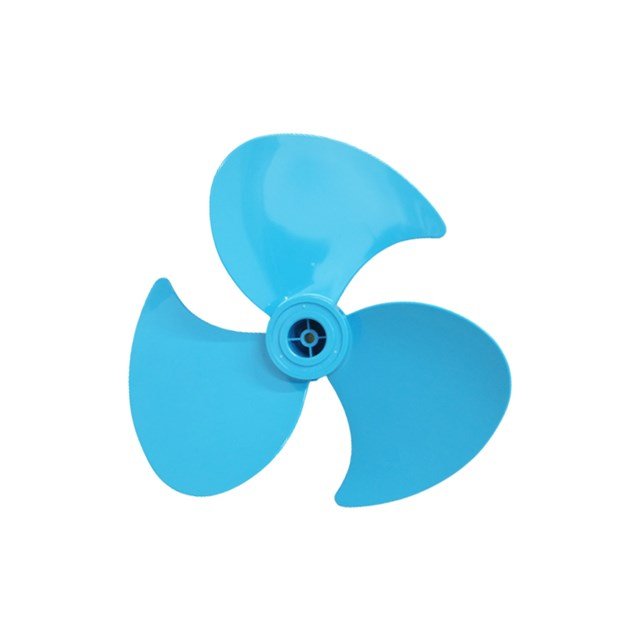
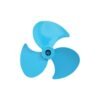
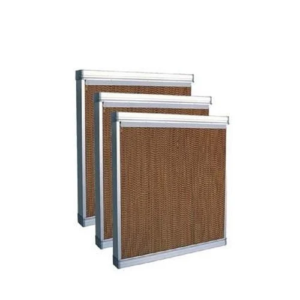
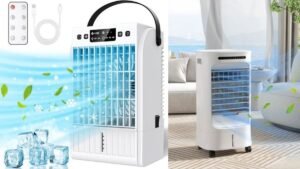
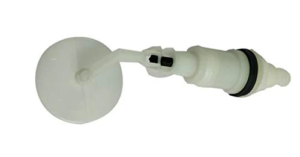
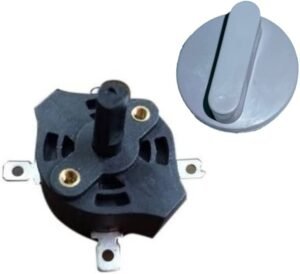
Reviews
There are no reviews yet.